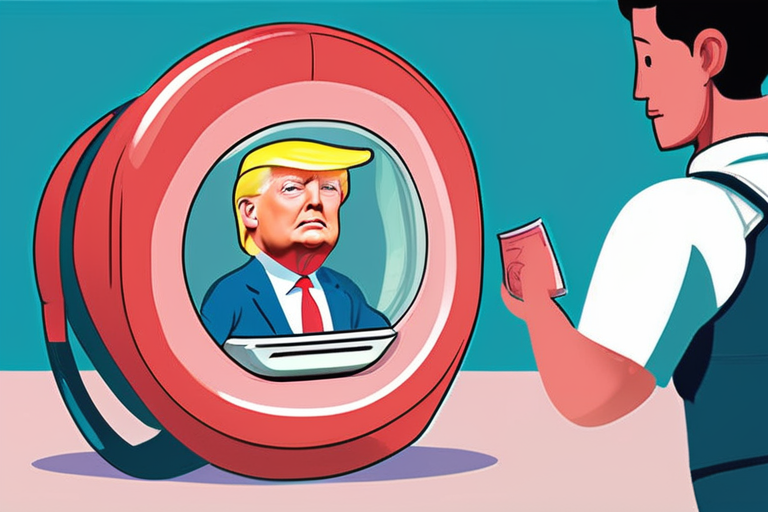In a groundbreaking move, a West Coast biotech entrepreneur has secured $30 million to form a public-benefit company dedicated to researching the safety and efficacy of genetically edited babies. The venture, called Preventive, aims to revolutionize the field of heritable genome editing, where the DNA of embryos is modified to correct harmful mutations or install beneficial genes. The goal is to prevent disease, but the procedure remains shrouded in controversy and is currently illegal in many countries, including the US.
Lucas Harrington, a gene-editing scientist and founder of Preventive, has been at the forefront of this debate. In a blog post announcing the venture, Harrington emphasized the need for rigorous research to ensure that heritable genome editing can be done safely and responsibly. "We're not rushing to try out the technique," he said. "We're dedicated to doing the hard work of research to understand the potential risks and benefits."
Preventive's $30 million investment is the largest known investment in heritable genome editing to date. The funding will be used to support a team of scientists and researchers who will work to develop and test the safety and efficacy of the technology. Harrington has assembled a team of experts from top universities and research institutions, including Stanford, Harvard, and the University of California, Berkeley.
The controversy surrounding heritable genome editing is rooted in concerns about the ethics and safety of modifying human embryos. In 2018, Chinese scientist He Jiankui sparked international outrage when he announced that he had created the world's first genetically edited babies. He was subsequently imprisoned for three years for his actions. The incident highlighted the need for careful regulation and oversight of the technology.
Despite the controversy, Preventive's Harrington remains optimistic about the potential of heritable genome editing to prevent disease. "We're not talking about creating superhumans or designer babies," he said. "We're talking about using this technology to prevent suffering and improve human health."
Preventive's research will focus on developing a new class of gene-editing tools that can be used to correct genetic mutations that cause inherited diseases. The company will also work to establish a regulatory framework for the use of heritable genome editing in humans.
The market for gene editing is growing rapidly, with an estimated global market size of $10 billion by 2025. Preventive's entry into the market is expected to have a significant impact on the industry, particularly in the area of heritable genome editing.
"We're excited to be at the forefront of this emerging field," said Harrington. "We believe that our research and development efforts will help to establish heritable genome editing as a safe and effective tool for preventing disease."
As Preventive embarks on its mission to revolutionize the field of gene editing, it remains to be seen whether the company's research will be enough to overcome the controversy and regulatory hurdles that have held back the technology to date. One thing is certain, however: the future of gene editing is about to get a whole lot more interesting.
Preventive's $30 million investment is a significant vote of confidence in the potential of heritable genome editing to prevent disease. The company's research and development efforts are expected to have a major impact on the industry, and its entry into the market is likely to spark further debate and discussion about the ethics and safety of the technology.
In the end, Preventive's success will depend on its ability to demonstrate the safety and efficacy of heritable genome editing. If the company can achieve this, it could pave the way for a new era of disease prevention and treatment. But if it fails, it could also reinforce the concerns about the ethics and safety of the technology.
As the debate about heritable genome editing continues to unfold, one thing is clear: Preventive's entry into the market is a major development that will have far-reaching implications for the future of gene editing and disease prevention.



























Share & Engage Share
Share this article